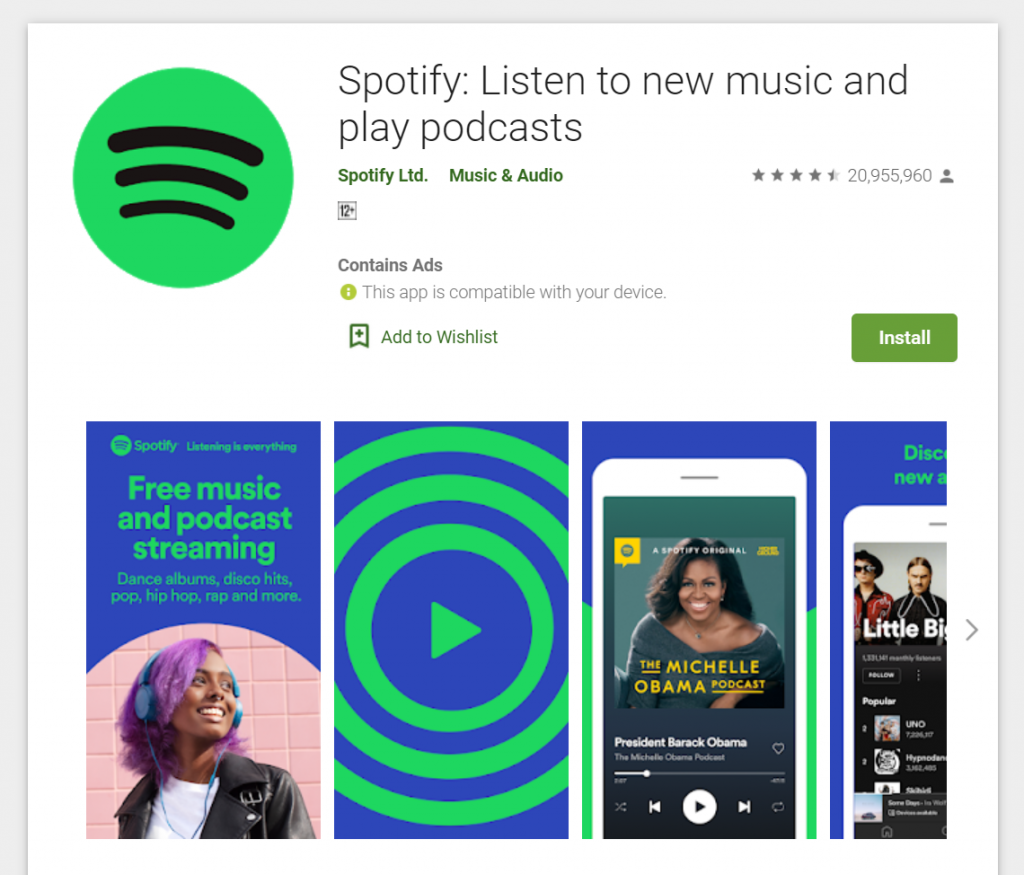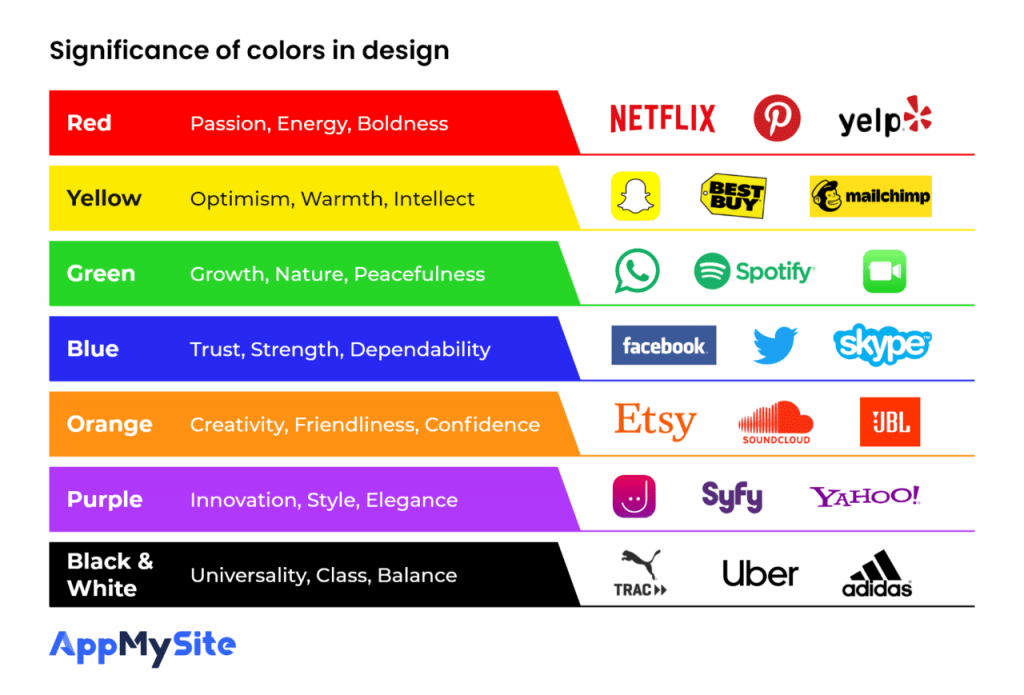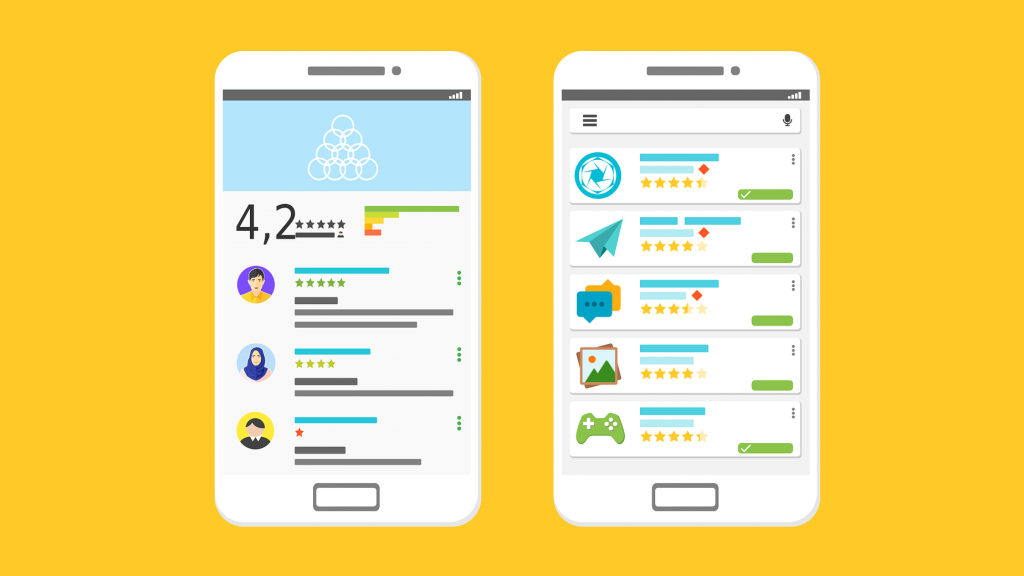App Store Optimization (ASO) – A complete guide on growing organic app store visibility
It is easy to see why it’s difficult to make people download an app once you map out the process. App marketers essentially expect their prospects to:
Quick Links
- Visit the app store.
- Find their app
- Download it.
- Complete user-onboarding.
Any marketer can look at the problem here. Every app download precedes a whole series of actions a prospect has to take voluntarily. Unlike a website link which immediately lands a prospect on the money page, an app download involves at least four intermediary steps.
Despite this difficulty, app success is not uncommon. Many apps fail, but some succeed as well. With mobile app builders around, app companies can even create a WordPress mobile app without coding. The next frontier is getting app marketing right and driving downloads.
App marketing generally begins with app store optimization. It is generally the most obvious place to start mobile app marketing and create an organic stream of downloads. The following piece provides a deep dive into app store optimization and the basic practices related to it.
App Store Optimization (ASO) – The basics
App store optimization is a process covering a range of techniques that all enhance the organic visibility of an app on the app stores. ASO is important for enhancing the organic visibility of an app on both the Google Play Store and Apple App Store.
Let’s paint a scenario to get a better idea. Assume you visit the Google Play Store and search ‘book movie tickets online’. Google Play will throw up a bunch of apps ranked according to their relevance.
How does Google Play rank these apps? Like search engines, Google Play also has its own algorithm to rank search results based on their relevance to the search query.
The algorithm takes into account a myriad of factors such as app name, description, tags, category, downloads, click through rate, install success rate, and so on.
The goal of any ASO exercise is to appear relevant to app store algorithms for specific and relevant search queries. Achieving this level of relevance means optimizing an app listing for the factors mentioned before. The following sections describe some of the crucial factors affecting ASO and how each can be optimized.
#1 – App name and description
Let’s start with the basics. Every app listing provides fields for app name and description. Google Play Store in fact has fields for both short and long descriptions.
Google Play doesn’t just look at app name and description to gauge its relevance to a certain category. Let’s continue with the example covered earlier and assume someone searches for ‘book movie tickets online’.
Google Play will deem apps which contain words and phrases related to the search query relevant. If an app contains the phrase ‘book movie tickets’ in its app name and description, it naturally has a better chance of ranking for the query.
Optimizing app name and description for ASO simply means adding high-quality keywords to the content. This will help app store algorithms relate an app to a specific search query.
Finding high quality keywords can be a challenge. ASO professionals essentially have to gauge the specific query a prospect might enter in app store search. Only then can they frame their app name and keyword in the right context.

Source: Google Play
Look at Spotify’s Google Play listing as an example. The app name doesn’t just end with the name. Spotify further goes on to add an entire line. The line contains some very relevant keyword combinations such as listen, music, and podcasts. All these keywords are relevant to Spotify. You will find a similar pattern when going through its short and long description closely.
#2 – App icon and screenshots
Let’s move on to the visual part of your app listing and start with the app icon.
Google Play doesn’t have a stated disposition for a certain type of app icon. This gives you a lot of freedom when designing an app icon. You can create an icon that is a true representation of your brand. There are some ways in which the color scheme of your app icon may affect its presence in the ‘Related Apps’ section.
In the long run, you don’t need to worry about your subjective color and design choices. The only thing you need to ensure is the overall quality of the icon.
The following chart should help you take the first step.

Source: AppMySite
The screenshots you choose must also represent the most appealing version of your app. Make sure they meet the size requirements designated by both Google Play Store and Apple App Store.
How do app icon and screenshots impact ASO? As stated earlier, Google Play does not have a disposition when it comes to the design choices you make in your app icon and screenshots. It can however gauge their quality by your overall conversion rate.
If a lot of people visit your app listing and only a few end up downloading it, some part of the blame rests with the icon and screenshots. After all, the visual part of your app listing will always attract more attention.
A bad icon and poor-quality screenshots will drastically bring down your conversion rate. App stores will thus bring down your rankings. Therefore, icons and screenshots are a major part of the ASO puzzle.
#3 – Ratings and reviews
Checking the ratings and reviews of an app is an instinct. The review obsession is not new. Reading a film review for instance has long been a standard practice before booking movie tickets.
App stores naturally favor apps with better ratings and reviews from real users. This acts as a great incentive for app companies to provide quality user experience and gain positive reviews.
Providing good app experience is less of a challenge now with DIY app making solutions. Companies can create premium apps with a simple free app maker and provide truly quality experience to their end users.

The real challenge is soliciting good reviews from happy customers. The best way to approach this obstacle is providing an incentive for writing app reviews. Ask your happy users to drop an app review on the relevant app store and provide them a reward in exchange.
The reward can be a small discount or any other in-app currency that enhances their experience further. You can increase your app ratings and reviews this way and hit a healthy volume of feedback.
#4 – Downloads
Imagine you have a shopping app. You optimize your app name & description, create a wonderful app icon, upload great screenshots, and have amazing 5-star reviews. Will your app still rank higher than Amazon when someone searches ‘shopping app’ on an app store?
Probably not. The factors covered earlier are not the only ones governing app rankings. Downloads is also an important part of the ASO game.
An app that has more downloads has a better chance of ranking high for a search query. Even though your new shopping app has great 5-star reviews and Amazon has a 4.3 rating on Google Play, it will probably still outrank you. This is because Google makes a weighted analysis of each factor, including app reviews. Despite having a lower rating, Amazon’s download volume dwarfs your app numbers.
How does one overcome this obstacle? It is a better idea to try and rank for less competition long-tail keywords first. Amazon will best you when someone searches ‘shopping’ on an app store. However, you could beat Amazon on less-searched keywords like ‘shoes for Greek wedding theme’. Amazon is probably not prepared to rank for such a keyword. You have a better chance of ranking high for such a keyword and gaining app downloads.
In conclusion
No one today is really worried about the challenge to create an app. DIY app makers have simplified app development. However, marketing apps remains a daunting task and app store optimization is one way of getting organic downloads.
This piece provides an in-depth guide on app store optimization. There are several other ASO factors besides the ones covered here. These points can nevertheless set readers on the right track and push them towards good ASO practices.
How to Use AI-Powered SEO Tools for WordPress eCommerce
SEO is a critical factor in the success of any e-commerce WordPress store. As competition…
0 Comments11 Minutes
Why Short-Form Videos Are the Future of Content Marketing
Your Instagram customers spend over 50% of their time watching short-form videos and reels. Rather…
0 Comments12 Minutes
The Role of Digital Marketing in Business Growth
Online marketing touches every aspect of a business, whether it is initiating the idea or for an…
0 Comments3 Minutes
AI Meets Authenticity: Balancing Automation and Human Touch in Content Marketing
Is your brand starting to sound like a robot? In a world where algorithms write faster than any…
0 Comments8 Minutes
Essential Tools for Enhancing Web Design and UX Hosting
Have you ever visited a website that felt slow, clunky, or confusing? A website that is poorly…
0 Comments11 Minutes
How a Mini Cart Transformed My Store’s Shopping Experience
Okay, real talk—running an online store is hard. You think you’ve got everything figured out, you…
0 Comments9 Minutes
Balancing Your Security Initiatives With Industry Compliance Requirements
Managing a business today comes with a number of daily battles that need to be fought. Resources…
0 Comments11 Minutes
Best plugins to enhance the customer shopping experience
Customer experience is a key part of every online store. A good experience helps customers find…
0 Comments7 Minutes








